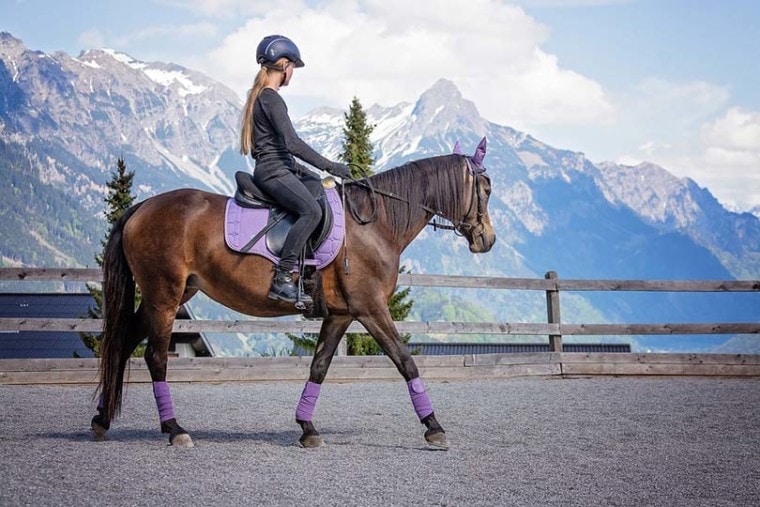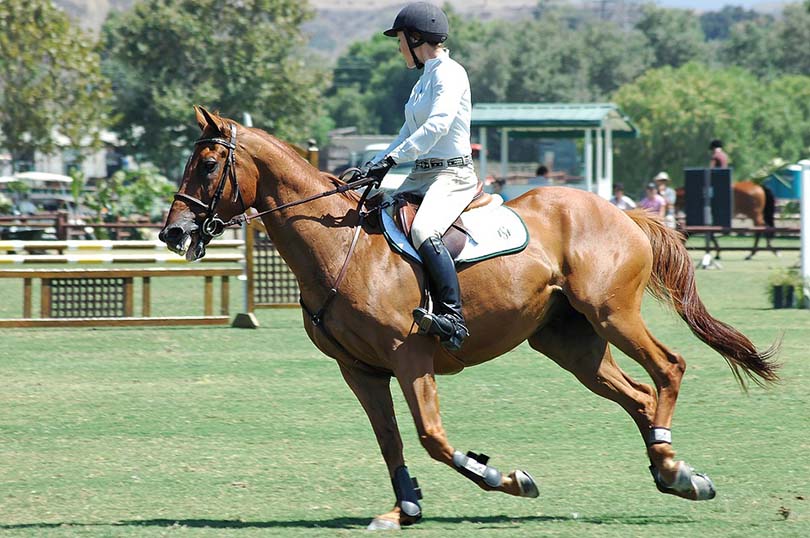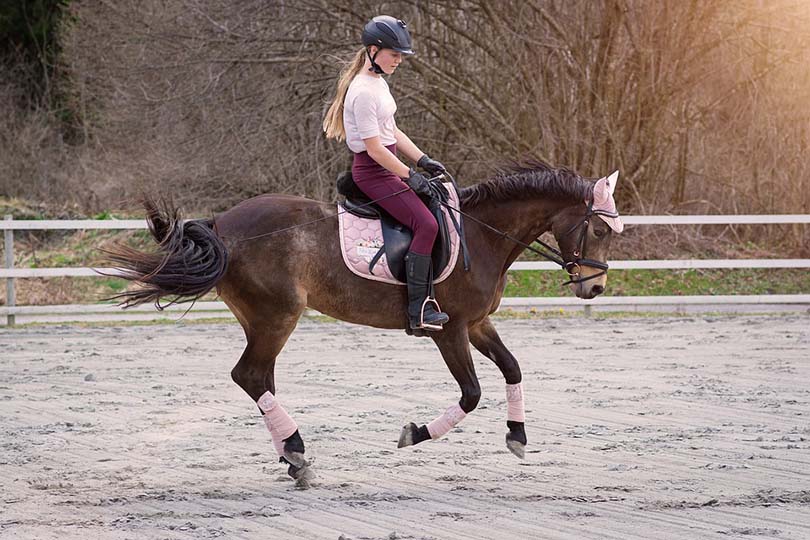
Despite being around for centuries, there’s much debate about whether horseback riding is a sport, hobby, or activity. In many cases, this is because those who question its athletic benefits and skill level have only experienced horseback riding in the form of a trail ride on vacation or a leisure ride on a friend or family member’s tame horse.
According to the Oxford Dictionary, a “sport” is defined as an “activity that you do for pleasure that needs physical effort or skill, usually done in a special area and according to fixed rules.” By that definition, horseback riding is undoubtedly a sport. Let’s take a look at how horseback riding meets the accepted definition of sports.
Athletic Skill and Benefits

Sports require physical effort or skill, and horseback riding demands both. Most people, athletes or not, will experience muscle aches and soreness after a trail ride because different muscles are used to ride a horse than in normal activities. Horseback riding also requires flexibility, agility, balance, and awareness to influence a horse’s movements. Physical strength is important, particularly in the legs and back, but guiding a horse is often about finesse more than physical prowess.
Physical Conditioning

While many people claim that “the horse does all the work,” just a few minutes of trotting or cantering can get your heart rate up and your breathing increased. While in the saddle, all of a rider’s muscles are actively or passively engaged to stay balanced and in communication with the horse. This promotes aerobic activity and endurance from low-intensity movement in between cues, and anaerobic activity from short, high-intensity movement during cues.
Along with the physical demands of being in the saddle, horseback riding includes physical demands on the ground. Many riders are involved in all aspects of their horse’s care, which may include cleaning stalls, stacking hay and feed bags, carrying water buckets and saddles, and other stable chores.
Mental Conditioning

Sports have benefits beyond the physical. Strategy, memory, confidence, and skill are necessary components of many sports, including horseback riding. Like football players memorizing a playbook, horseback riders must memorize dressage tests, jump courses, reining patterns, and handling maneuvers.
In addition, horses respond to commands, known as “aids.” These can be complex and layered, and high-level horses respond to the slightest movements as a cue. Riders need to understand and apply aids instantly – and strategically – to get the response they’re looking for. Riders also need to be adaptable and understand how to react if a horse spooks or misses a cue. In some situations, reacting quickly and appropriately can mean the difference between a small hiccup and a fall with a serious injury.
Rules and Regulations
Sports typically have a governing body and strict rules and regulations for competition, even at the amateur level. Equestrian sports include a variety of disciplines, such as dressage, showjumping, eventing, roping, reining, western pleasure, equitation, polo, rodeo, driving, and racing. Each of these disciplines has a set of strict rules and regulations for clothing, saddlery, and clothing. Depending on the discipline, there may be rules governing the age or breed of horse and what medications it’s permitted to take.
On top of that, disciplines often have different governing organizations with different rules. Plenty of equestrians compete on the international level as well, which includes operating under the rules of the local governing organization for their discipline.

Is Horseback Riding an Individual or Team Sport?
One of the ways horseback riding is unique as a sport is that participants compete on both the individual and team levels. Most competitions judge the rider and the horse as a team and score the rider based on their ability to get the best out of their horse. In some disciplines, horses also receive individual scores separate from a rider. Riders may also compete as part of an equestrian team for a stable, high school or college, or country, in which all competitors contribute to the overall team score.
Conclusion
Horseback riding is a challenging sport that offers physical and mental conditioning, requires athletic skill, and follows rigorous sets of rules and regulations. By all definitions, horseback riding is considered a sport and both riders and horses are considered athletes in their own right.
You might also want to read:
Featured Image Credit: Pezibear, Pixabay








